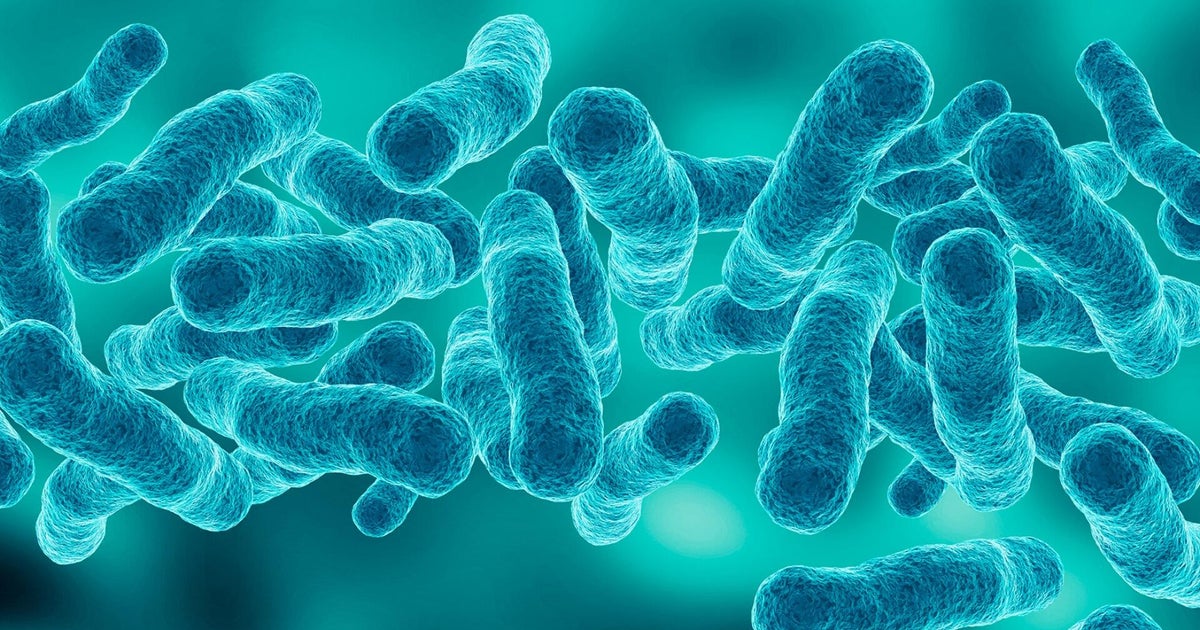Legionnaire’s Disease Outbreak in Harlem
Introduction to the Outbreak
A recent outbreak of legionnaire’s disease in Harlem, New York, has affected dozens of people, resulting in the deaths of two individuals. This outbreak has raised concerns about the safety of the community and the measures being taken to prevent further spread of the disease.
What is Legionnaire’s Disease?
Legionnaire’s disease is a type of pneumonia caused by the Legionella bacteria. It is typically spread through contaminated water sources, such as cooling towers, hot tubs, and large air-conditioning systems. People can become infected when they breathe in mist or vapor that contains the bacteria.
Causes of the Outbreak
The exact cause of the Harlem outbreak is still under investigation. However, it is believed that the bacteria may have been present in a contaminated water source, such as a cooling tower or a plumbing system. The investigation is ongoing, and officials are working to identify the source of the outbreak and take steps to prevent further spread.
Symptoms and Treatment
The symptoms of legionnaire’s disease can include fever, chills, cough, and shortness of breath. In severe cases, the disease can cause respiratory failure, kidney failure, and even death. Treatment typically involves antibiotics, and in severe cases, hospitalization may be necessary.
Response to the Outbreak
Health officials have responded quickly to the outbreak, working to identify the source of the bacteria and take steps to prevent further spread. This has included testing water sources, inspecting buildings, and providing guidance to the community on how to reduce the risk of infection.
Prevention and Safety Measures
To reduce the risk of infection, individuals can take several precautions. These include avoiding contaminated water sources, keeping hot tubs and air-conditioning systems clean and well-maintained, and seeking medical attention immediately if symptoms occur. By taking these precautions, individuals can help prevent the spread of legionnaire’s disease and protect themselves and their communities.

